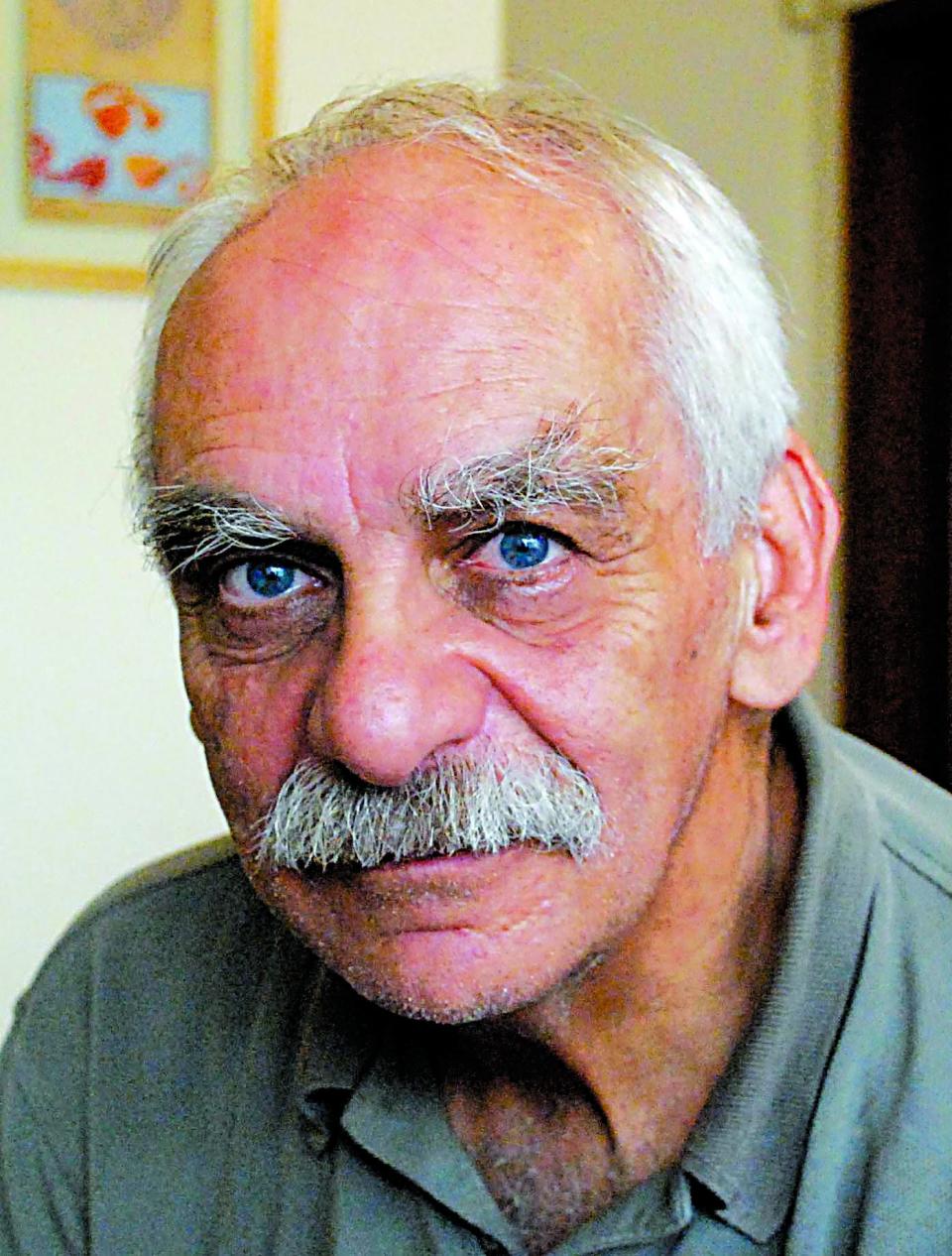Azzi: Too much hair, too much voice, too much woman in Iran
- Oops!Something went wrong.Please try again later.
- Oops!Something went wrong.Please try again later.
- Oops!Something went wrong.Please try again later.
"I’ve got too much hair, too much voice and I’m too much of a woman for them,” Iranian-American journalist, author, and women's rights activist Masih Alinejad wrote in her 2018 book, "The Wind In My Hair: My Fight for Freedom in Modern Iran."
Masih Alinejad was right.

Strong women resist and today, thankfully, they have too much hair, too much voice and have become too much woman for authorities and misogynists to contain them — women who know, as Omar Khayyam reveals, that "A hair divides what is false and true."
I remember being moved, in June 2009, while we were back in Beirut to celebrate the wedding of the son of friends, by political protests in Iran. I remember sitting for what seemed hours at the foot of an unmade bed in the Commodore Hotel, watching video footage of mostly young and fearless protesters and demonstrators confronting their oppressors.
I remember watching, transfixed, the final moments of a woman lying on a sidewalk in Tehran; watching Neda Agha-Soltan, a 26-year-old Iranian philosophy student, shot while participating in anti-Ahmadinejad protests, take her final breaths.
I remember that she died, that summer of 2009, during demonstrations, popularly called the “Green Movement, that began when a reformist opposition led by presidential candidate Mir Hossein Mousavi raised accusations that the re-election of the government-supported hard-line incumbent, Mahmoud Ahmadinejad, was rigged.
The government response, led by Supreme Leader Ayatollah Ali Khamenei, was brutal and dozens of protestors were killed, many more were jailed and tortured, and the movement's leadership was put under house arrest.
Today, it's different: Today, it's the same.
This time there is another dead even-younger Iranian woman, 22-year-old Mahsa Amini, who was traveling with her family to visit relatives in Tehran when she was arrested for allegedly failing to meet the country’s strict rules on women’s dress, for failing to properly, in the administration's view, cover her hair.
Amini, according to witnesses, was beaten in a police van and died in an Iranian hospital days later. Public protests over her death — the first among so many including Nika Shahkarami (16) and Sarina Esmaeilzadeh (16) — have now expanded into broader calls for change from Iranians frustrated by over 40 years of oppressive and theocratic governance and global isolation.
This time, too, in spite of government forces which have responded with live ammunition and brutal violence, killing over 50 people already and arresting over 1,500, Iranians continue to come out into the streets and protest, not just in urban centers but in rural communities as well.
Globally, social media images and documentation show Iranian women — young and old, school age and matriarchs, at home and in public — cutting their hair short, burning their hijabs — even removing pictures of the two supreme leaders who have ruled since the revolution — Ayatollah Khomeini and Ayatollah Ali Khamenei — and making obscene gestures towards them on TikTok.
“I am not this hair / I am not this skin / I am the soul that lives within:” — Rumi.
What we are witnessing — from TikTok to BBC — is a civil disobedience-based, pro-choice revolution that may pose a greater existential threat to Iran's theocratic rulers than were posed by the Green Movement in 2009 and the economic unrest in 2018.
It is about resisting compulsory hijab — it is about giving women the right to choose how to express their piety, or even lack of piety, by wearing or not wearing hijab as defined by ruling unelected theocrats.
What we are witnessing, I believe, is an existential challenge to the ruling autocracy posed by women, many of whom will bear, wean, educate, and nurture future generations, and even if present demonstrations wane their impact has already been transformative.
A revolution of women — today global and intersectional — no longer willing to be submissive to an oppressive patriarchy and misogyny, however it cloaks itself, that wishes to control women's bodies, wombs, piety, clothing — and hair.
The right, as expressed in the Holy Qur'an 2:256 (Asad translation) to be able to choose, the freedom to choose with rights consistent with an Islamic faith that informs them that:
"There shall be no coercion in matters of faith ..."
“I have always thought that if women's hair posed so many problems, God would certainly have made us bald," Iranian graphic novelist Marjane Satrapi wrote in "The Complete Persepolis."
Today, I'm grateful God didn't make women bald; grateful God made them too much woman with too much hair and too much voice.
Let us all be grateful for such women, for women we love, women who inspire us.
Strong women persist.
Robert Azzi, a photographer and writer who lives in Exeter, can be reached at theother.azzi@gmail.com. His columns are archived at theotherazzi.wordpress.com.
This article originally appeared on Portsmouth Herald: Azzi: Too much hair, too much voice, too much woman in Iran

